Creating images in the mind...
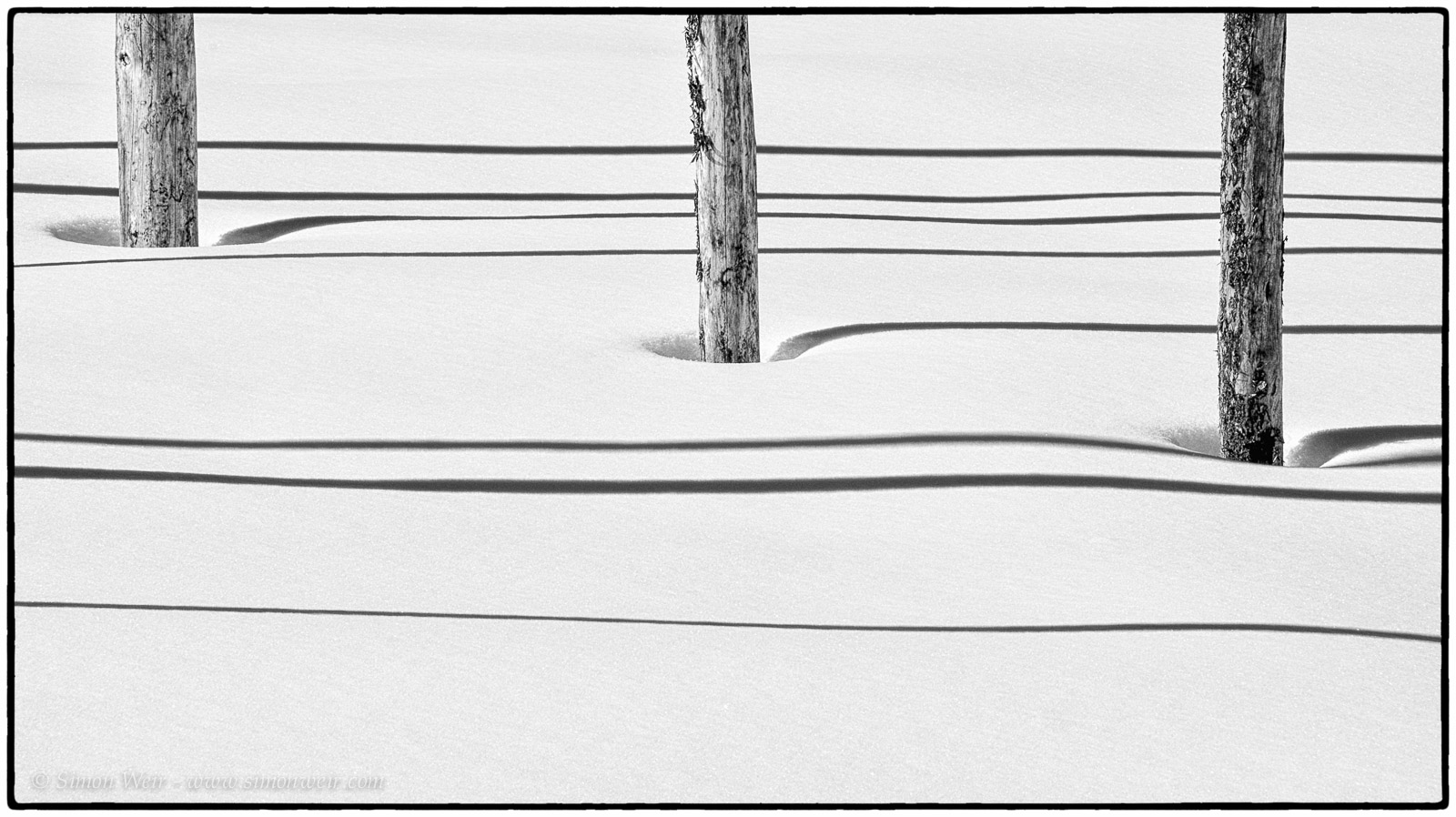 |
| "Line of Trees" - Fujifilm X-T1 - XF18-135 @ 90mm - 1/110s at f/22 ISO200 |
This February I was once again in Yellowstone National Park running MagicIs photographic workshops with some really extraordinary people. Over the two weeks I learned a little about nuclear physics, banking, metallurgy, reconstructive surgery, hitech roof construction, information technology, farming and how a 12 year old boy sees the world through a camera...
In return I showed them some of the most extraordinary sights on earth and endeavoured to give them some of the skills to translate what they saw before them into images - be they wildlife, landscape, or something more abstract.
At the beginning of each course there was much talk of aperture, shutter speed, ISO and autofocus modes - the core building blocks behind understanding how your camera works. Then came the understanding of how the technology in your camera sees the world and makes judgement on the camera's settings - I like to think of this as "The Small Man from Japan" who lives inside our cameras and tries to guess what it is we are photographing and how it should be exposed.
Then gradually as a group we talked more about composition and in particular about understanding how we, as cognitive human beings, see the world around us. We have our familiar tools of depth, time, framing and tone, but before we can use these we have to learn to "see".
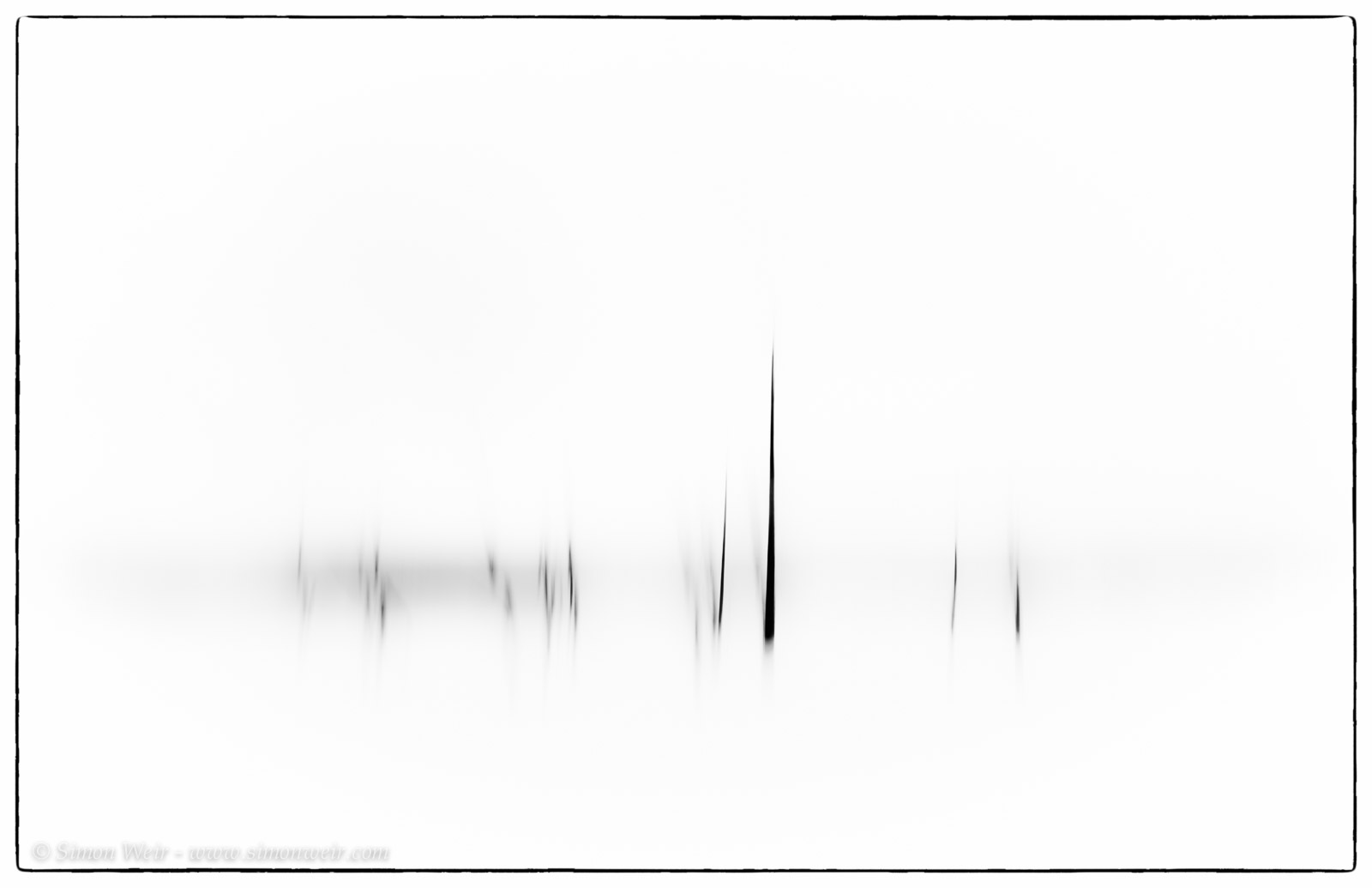 |
| "Homage to the Small Man from Japan" - Fujifilm X-T1 - XF14mm - 1/15s at f/22 ISO200 with vertical panning |
But there is a huge difference between "looking" and "seeing".
When we "look" at something we think that we are taking it all in at one instant. In fact our eyes and brains form a complex image by scanning and storing small parts at a time and assembling them into a whole. Some parts of this are borrowed from memory and used as a stopgap until that part of the image can be scanned. I am sure many of you will have experienced that feeling, when glimpsing at a wristwatch, that the second hand takes a few moments before it appears to move regularly - this is simply our brain applying the known static image of our watch, processing everything around it and then realising that something within the watch is moving and giving that some focus and detail. The phenomenon is called Chronostasis and gives us a fascinating glimpse into the way our visual perception actually works.
When we learn to "see" we bring many factors into play. We can pre-visualise the way we want to represent a subject in terms of depth or time. By understanding how the brain interprets shapes and forms we can compose our framing to help the mind's journey through the photograph. If we can reduce and simplify the image to tell a clearer story then we can strengthen the viewer's emotional connection with the subject matter.
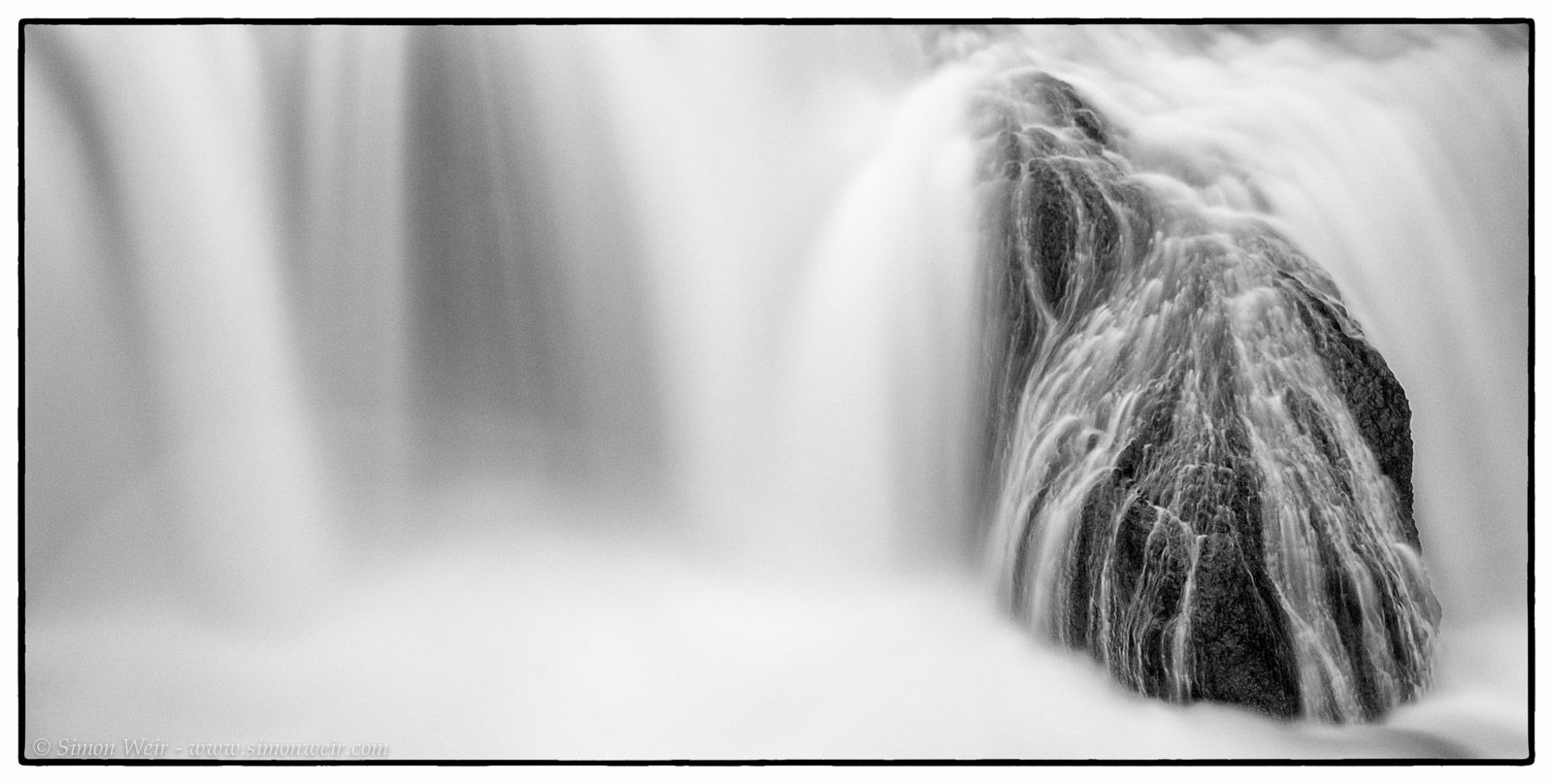 |
| "Gibbon Falls" - Fujifilm X-T1 - XF50-140 @ 75mm - 30sec at f/2.8 ISO400 - Firecrest IRND4.8 stopper |
Let me show you an example using bison... There are many thousands of bison in Yellowstone and they are rather wonderful animals to photograph. No two are the same and as the weather conditions change they take on many different appearances. For some time now I have been seeking a very specific image of a bison - one that tells as much about the animal's habitat as it does about the animal itself, showing both the harsh environment and the creature's strength.
By thinking about this conceptual image I now find that I see and photograph bison in a completely different way, using the camera's tools to create abstractions that try to convey something more about the essence of bison...
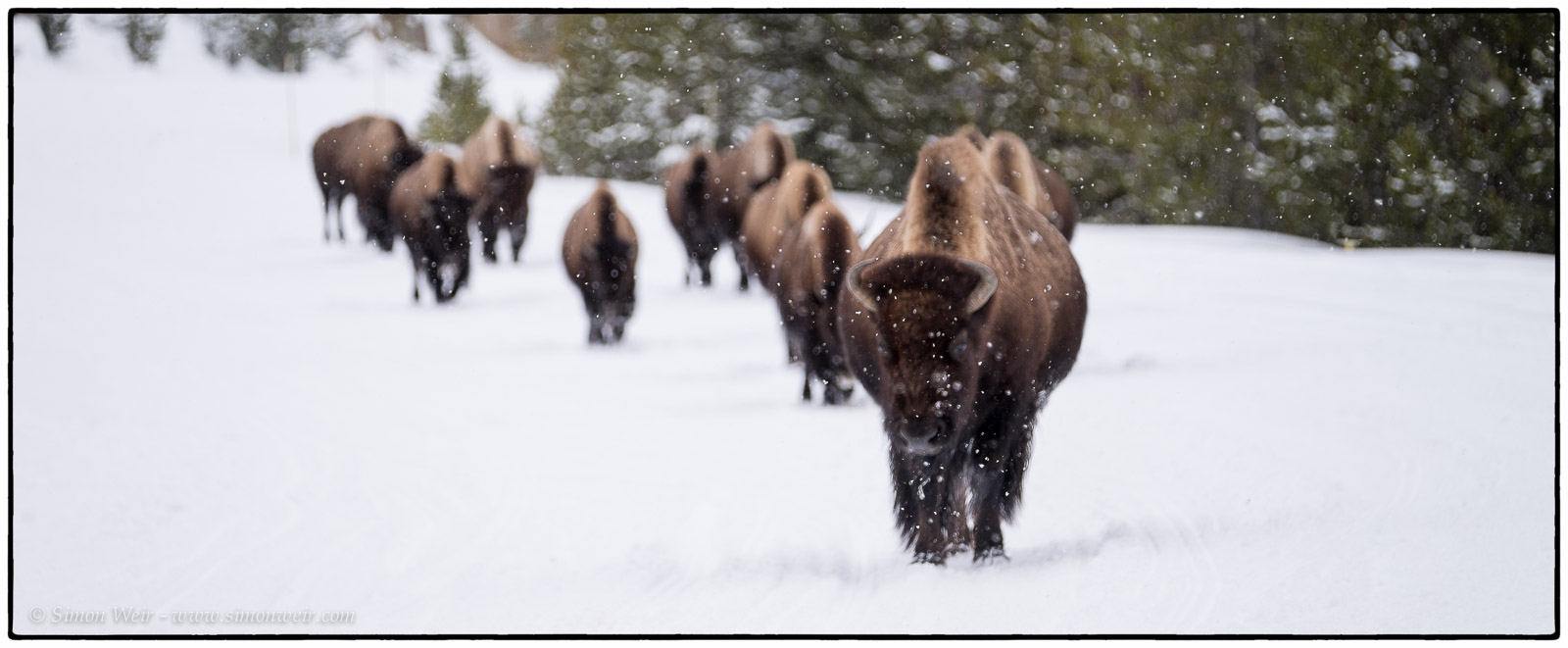 |
| Fujifilm X-T1 - XF50-140 @ 140mm - 1/900s at f/2.8 ISO200 |
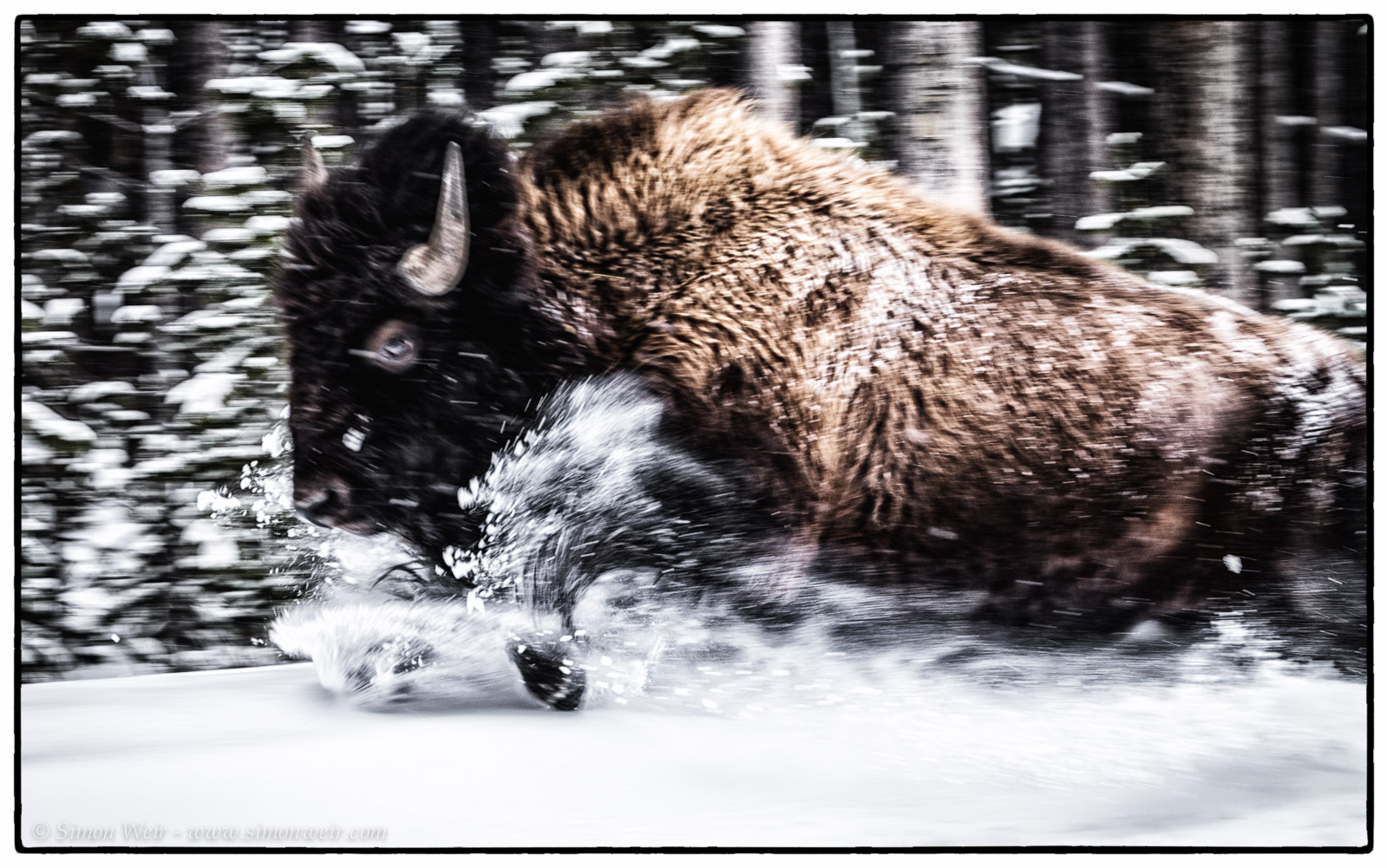 |
| Fujifilm X-T1 - XF50-140 @ 70mm - 1/200s at f/5.6 ISO200 |
However neither image is the one I carry in my mind - the single image that combines everything that is "bison". Most likely I will never make this "perfect" image, but I will certainly keep looking for it and finding new ways to see this magnificent creature and its frozen habitat.
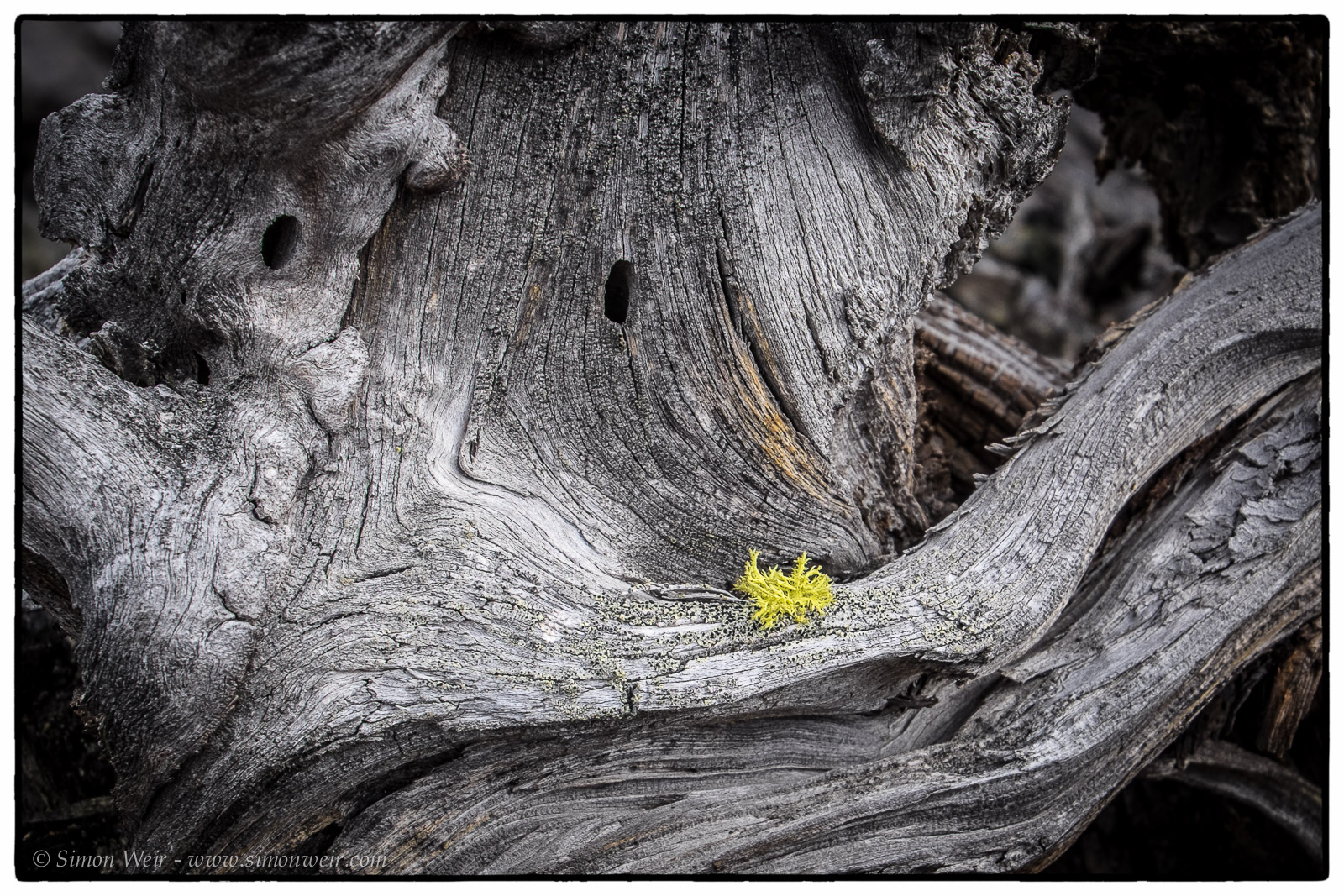 |
| "New Life from Old" - Fujifilm X-T1 - XF18-135 @ 135mm - 1/40s at f/11 ISO200 |
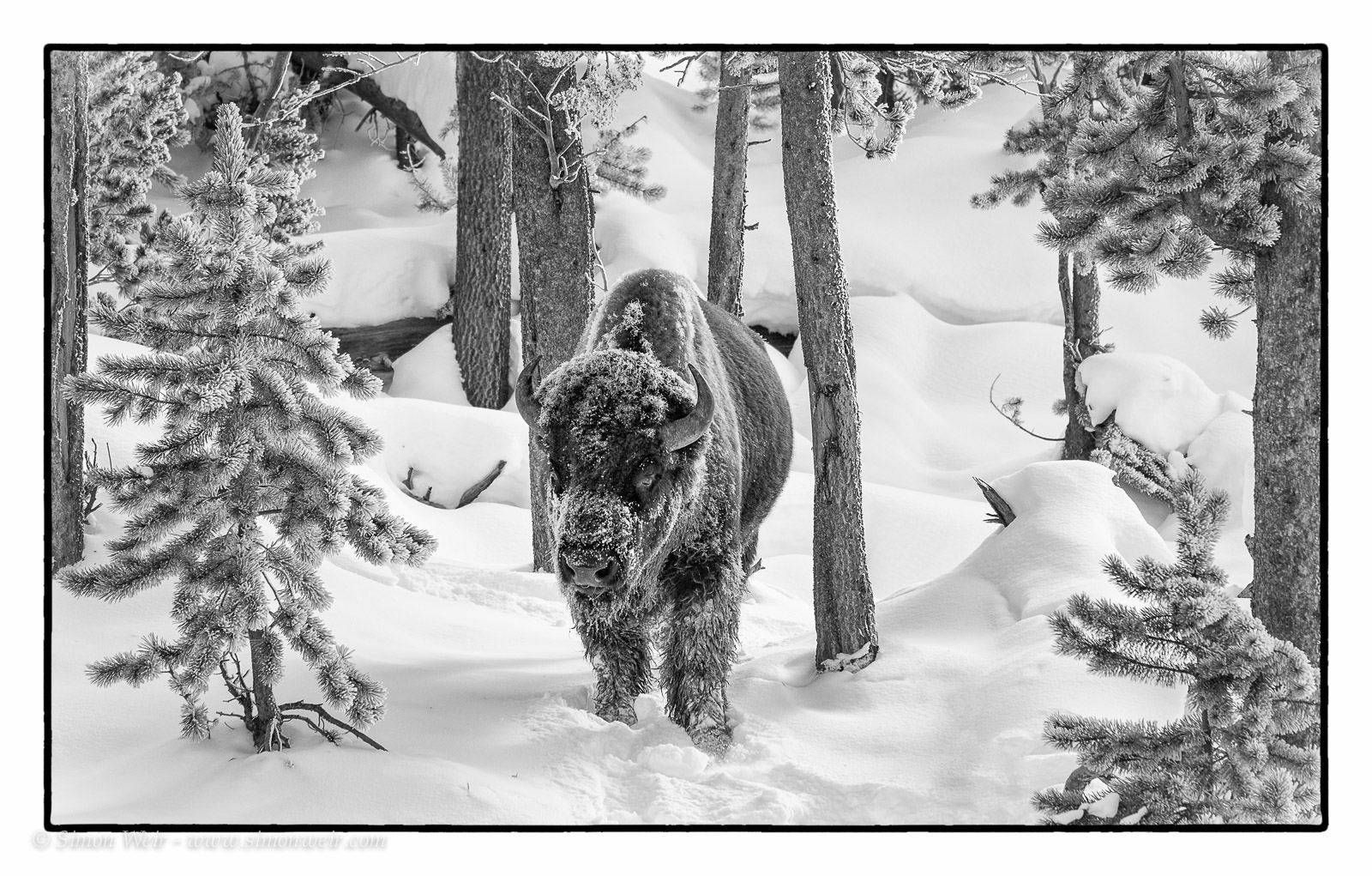 |
| "Frozen" - Fujifilm X-Pro1 - XF55-200 @ 200mm - 1/500s at f/7.1 ISO400 |
For more information about MagicIs photographic workshops and safaris visit www.magicis.com
If you are interested in finding out more about the 2016 winter workshops in Yellowstone National Park then contact me via the MagicIs website at http://magicis.com/contact-us/
No comments:
Post a Comment